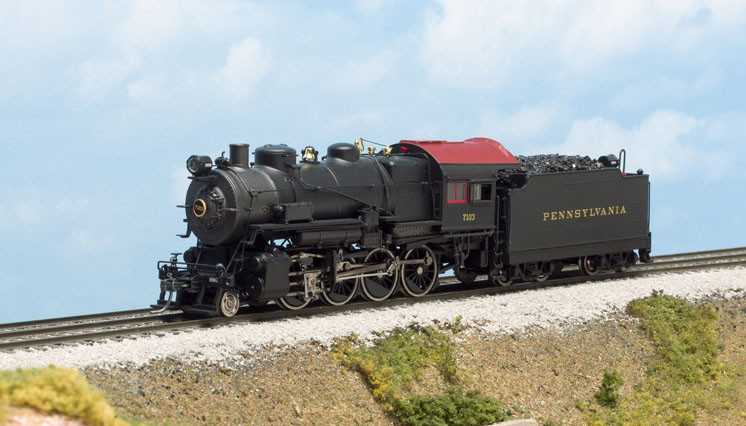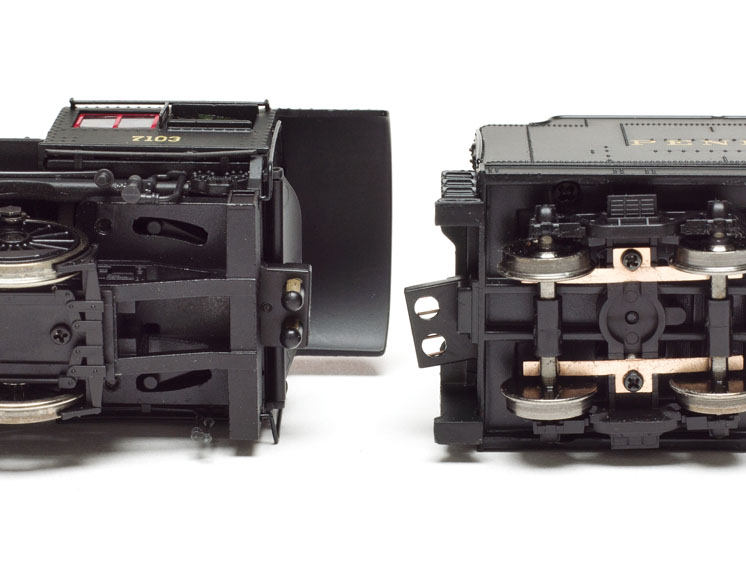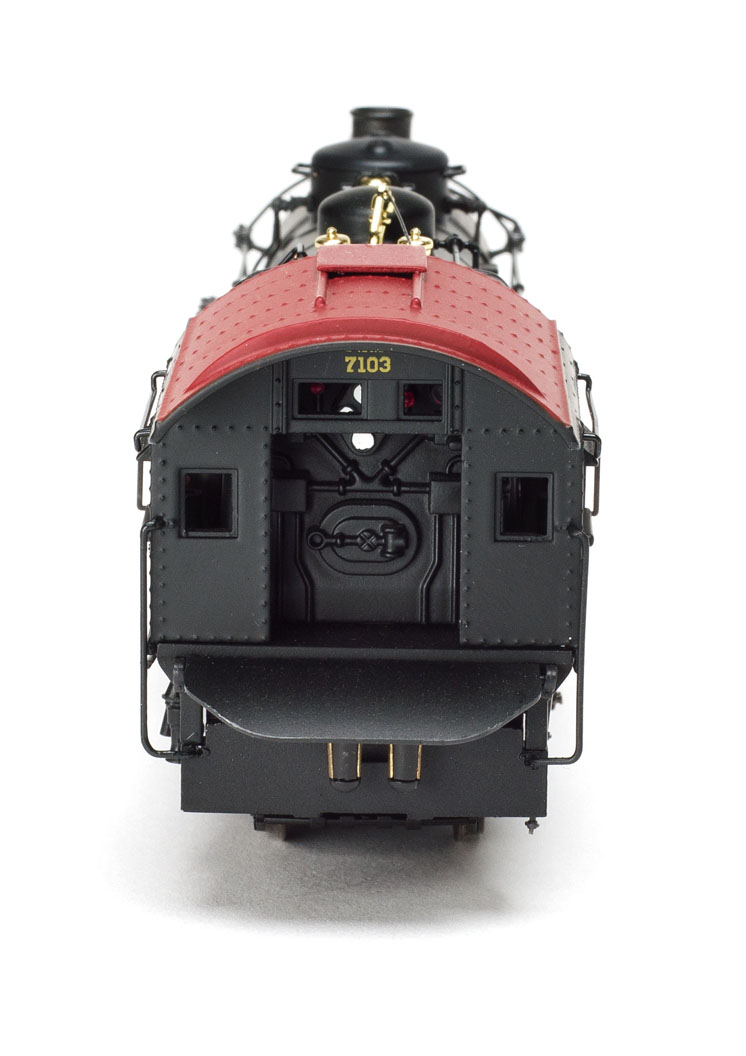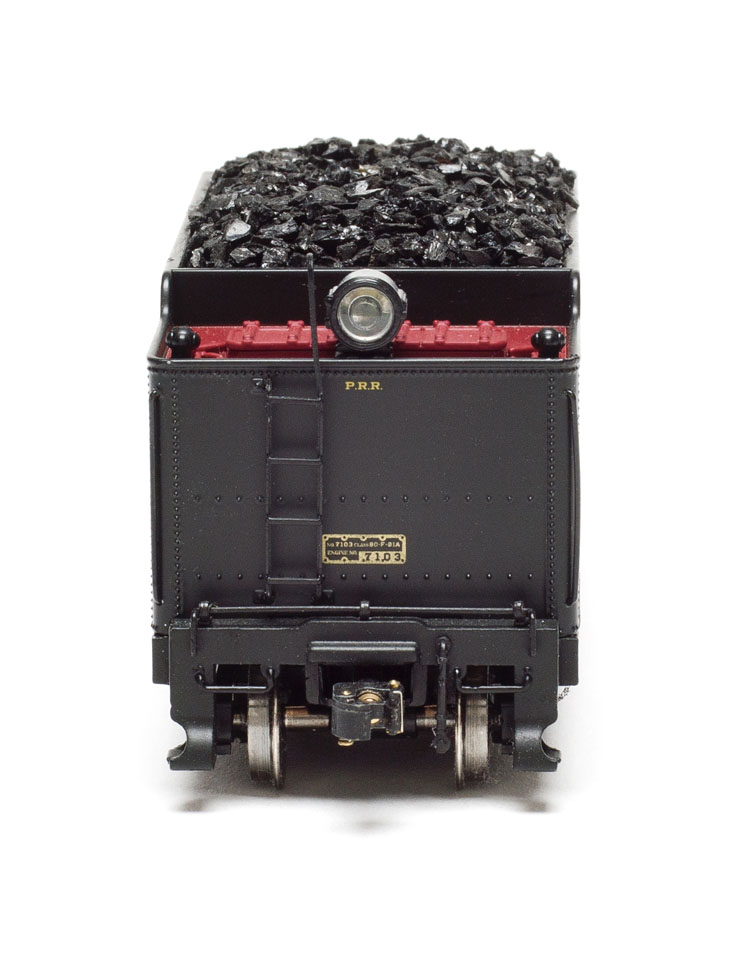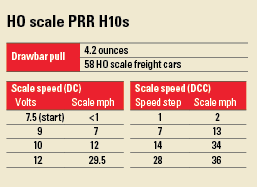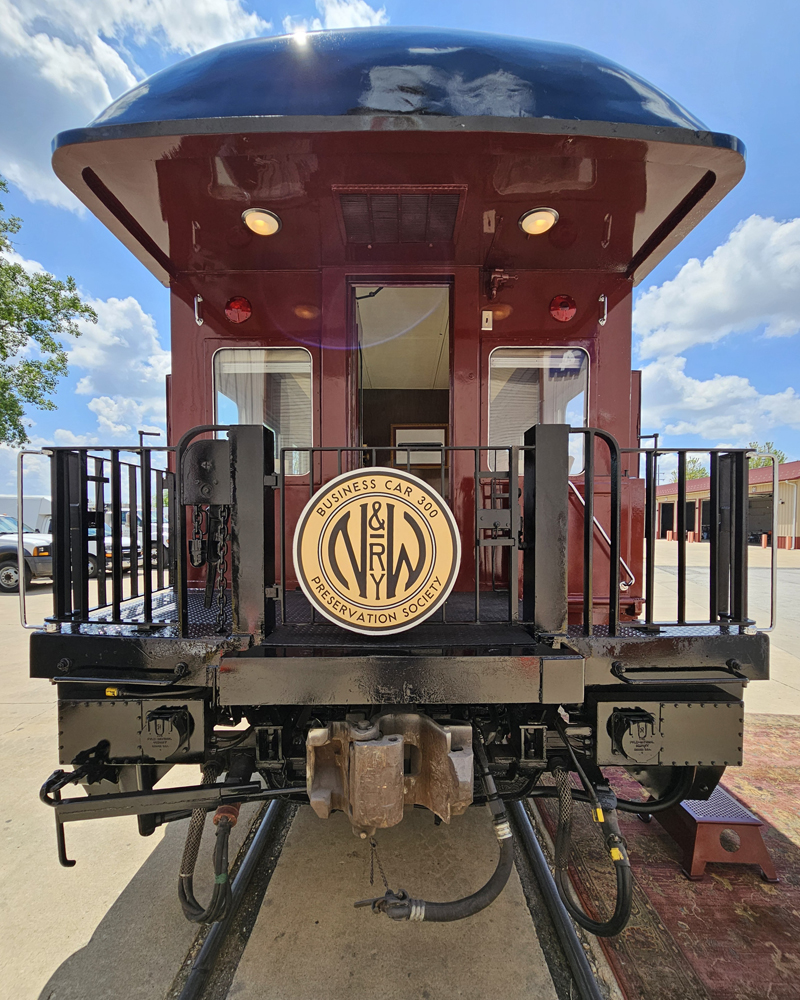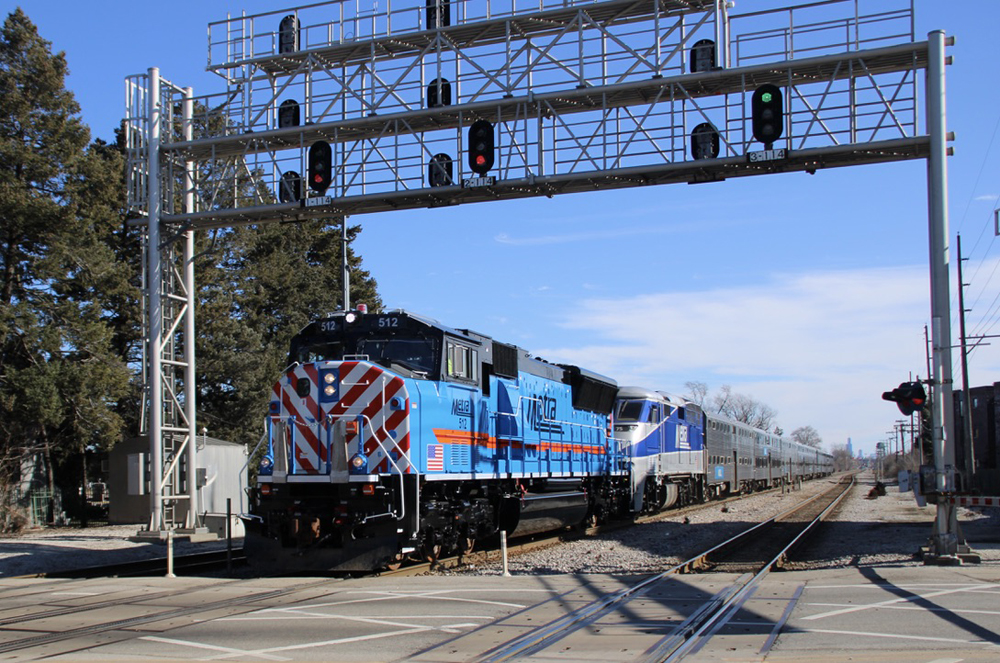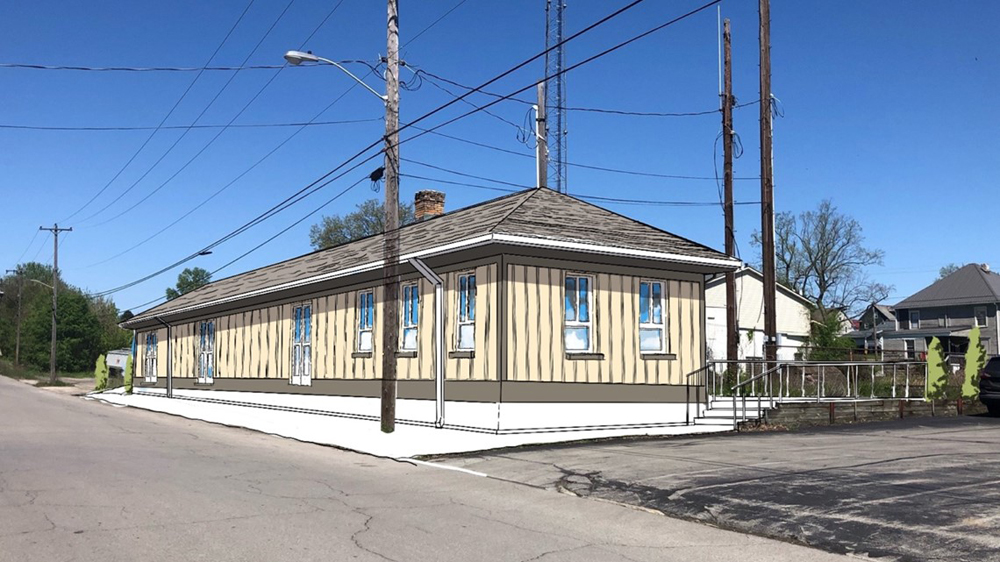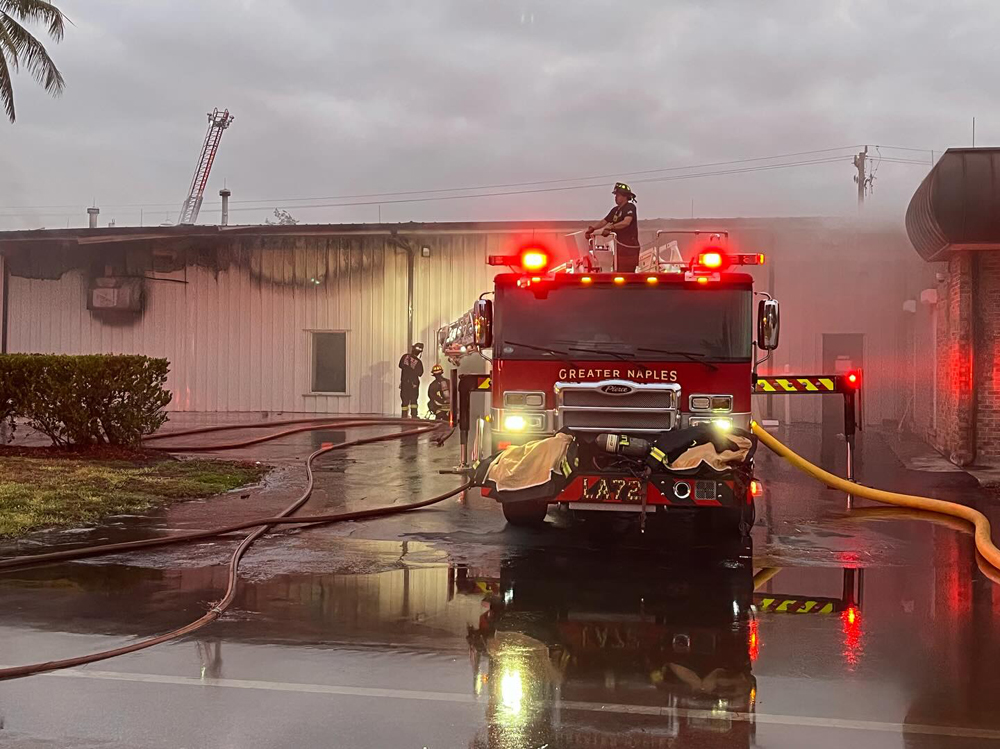Old reliable. Before the turn of the 20th century, the Consolidation was the freight engine of choice for railroads across the country. But while other railroads were testing 2-8-2 Mikados, the Pennsylvania RR wasn’t done exploring the possibilities of the 2-8-0. The railroad’s adoption of the Belpaire firebox, with its unique square profile, let its engines make more steam.
The class H10s was basically a class H9s with larger cylinders, an improvement that resulted in a 17 percent greater tractive force than its predecessor. Another way the Pennsy got more out of its Consolidations was with steam superheating. MTH lists its model as a class H10, but it’s more properly an H10s, with the “s” denoting the superheater.
The H8, H9s, and H10s were so efficient that the 2-8-0 remained Pennsy’s primary freight engine as late as the 1920s. Many were later brought back into mainline use during World War II.
The Pennsy rostered almost 500 class H10s, built by Alco, Baldwin, Lima, and the PRR’s own Juniata shops. Number 7688, an H10s built by Lima in 1915, is preserved at the Railroad Museum of Pennsylvania in Strasburg, Pa.
Design. This is an impressive looking model, capturing perfectly the muscular look of the prototype. The model’s major dimensions match those of a PRR class H9 drawing in Model Railroader Cyclopedia: Vol. 1, Steam Locomotives (Kalmbach Books). The only difference between the H9s in the drawing and the H10s model is the size of the cylinders.
The model’s cast-metal boiler bears fine banding and rivet detail. The Dark Green Locomotive Enamel paint is smoothly applied, as is the graphite on the smokebox. The Dulux gold lettering on the cab and the tender matches prototype photos of no. 7103 I found in Alvin Staufer’s book Pennsy Power (Standard Printing & Publishing Co., 1962). The model also resembles those photos in the size and placement of equipment, piping, running gear, and other details. I was impressed to see that the lettering on the smokebox builder’s plates was all legible under extreme magnification.
The tender matches prototype photos and bears a separately applied coal load. Adjustments for the smoke unit and sound volume are under the magnetic water hatch; a slide switch on the bottom changes the model from Digital Command Control (DCC) to MTH’s proprietary Digital Command System (DCS).
The blackened metal wheels on our sample model follow National Model Railroad Association RP-25 contour and were all in gauge. The model picks up electricity on all eight tender wheels and six drivers; the third set of driver wheels has traction tires. A replacement driver set without traction tires is provided.
Sound and lights. Dual speakers in the tender provide clear, robust sound in our Proto-Sound 3.0-equipped model. The piercing PRR-style “banshee” whistle sounded authentic, and the steam chuffs were synched to the wheels.
When sitting idle, the engine plays a mix of steam hisses, air pumps, dynamo sounds, and cab chatter.
When operating under direct current, sound effects are limited to those ambient sounds, the engine chuffs, and an automatic brake squeal that sounds when the throttle is decreased quickly. Under DCS or DCC, more sounds are available, including the bell, whistle, startup and shutdown sequences, coupler clank, and crew dialogue.
The light-emitting-diode headlight and backup light are dimmed when the engine isn’t moving. The PRR pilot-beam marker lights are separately controllable using function key F5. The markers on the tender are decorative only.
Test track. I tested the engine under direct current first. Sound effects came on at 6 volts, and at 71⁄2 volts, the engine started to chuff and puff its way down the track at less than 1 scale mph. At these slow speeds, though, the extra current draw of the smoke generator caused the model’s motor to hesitate with each puff. The engine reached a maximum of almost 30 scale mph at 12 volts.
Running under DCC, I had more control over the engine’s functions, such as sounds and lights. The engine also didn’t display the same hesitancy at slow speed under DCC or DCS.
Using DCC or DCS, I could also control the Proto-Coupler on the back of the tender. (The front coupler is a scale-size Kadee.) Pressing function key F7 on our DCC throttle, or the Rear Coupler button on the DCS Commander, resulted in a “clank” sound effect as the rear coupler opened. The Proto-Coupler works best mated with scale-sized knuckle couplers.
Two pins under the deck of the locomotive engage two holes on the tender drawbar. These pins carry the electrical connection between the engine and tender. Rather than pivoting on a single point, both ends of the drawbar ride in a pair of curved slots that pull the tender and cab close together when the two are aligned on straight track and allow more space in between when taking a curve. This system allows the engine to take 18″ radius curves. However, I found the drawbar to be rather stiff and troublesome on S curves.
Our test bench digital force meter registered a hefty drawbar pull for a small steam engine, 4.2 ounces. That translates to a train of 58 standard 40-foot boxcars on straight and level track. The prototype was expected to pull no more than 50.
A welcome offering. I can personally testify to the joy a Pennsylvania RR modeler feels when he finds an authentically detailed, Belpaire-firebox-equipped PRR steamer appropriate for his layout. Now, would it be too much to ask for a sound-equipped class D16 4-4-0?
Price: with Proto-Sound 3.0, $399.95; with Proto-Sound 3E+ (for Märklin 3-rail track), $429.95.
Manufacturer
MTH Electric Trains
7020 Columbia Gateway Drive
Columbia, MD 21046
www.mthhotrains.com
Era: 1913 to 1940s
Roadnames: Pennsylvania RR (Nos. 7099, 7103, 7122), Long Island Rail Road (Nos. 103, 107)
Features
▪▪Cast-metal detail parts (including whistle, bell, pop valves)
▪▪Detailed backhead and illuminated cab
▪▪Die-cast metal boiler, chassis, and tender body
▪▪Digital Command System with Proto-Sound 3.0
▪▪Electrical pickup on 3 driver axles (with traction tires installed) and 4 tender axles
▪▪Five-pole skew-wound motor with flywheel
▪▪Light-emitting-diode headlight and backup light
▪▪Minimum radius 18″
▪▪Puffing smoke unit
▪▪Remote-opening Proto-Coupler on rear; Kadee coupler on front (extra user-installed Kadee coupler provided)
▪▪RP-25-contour blackened metal wheels (in gauge)
▪▪Weight: 1 lb. 1.5 ounces; 10.6 ounces (engine alone)
▪▪Wire grab irons





